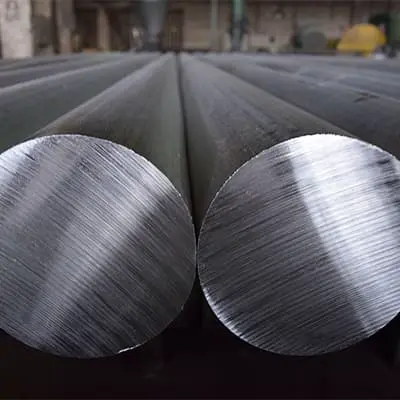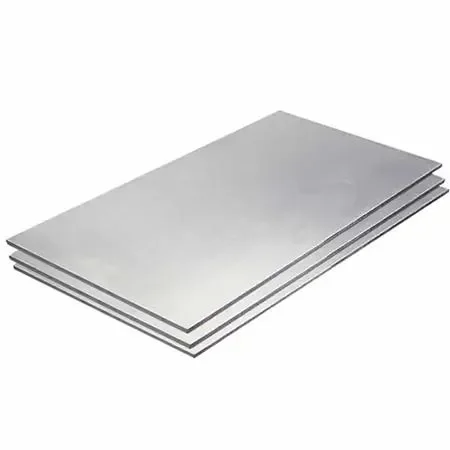What Is Aluminum?
Aluminum(or aluminium) is a soft, lightweight, silvery metal. It is an element in the boron group on the periodic table of elements, with the symbol Al and atomic number 13. On the earth’s crust, aluminium is the most abundant metal, and the third most abundant of all elements on the earth’s crust, after oxygen and silicon. It accounts for 8% of the weight of the Earth’s solid surface.
Because aluminium is a highly reactive metal, it doesn’t occur in nature in a pure form. Aluminum forms a high-energy chemical bond with oxygen, so pure aluminium can only be found in environments that lack abundant oxygen. On the Earth’s crust, aluminium is found in over 270 minerals, the most common of which is bauxite ore. Since it is so reactive, aluminium is useful as a catalyst or additive in chemical mixtures.
One of aluminium’s special properties is that it is able to resist corrosion. This is because a thin surface layer of aluminium oxide forms when the metal is exposed to air; this layer prevents the additional oxidation that would otherwise cause rust.
Aluminum is a good thermal and electrical conductor. It is a lightweight metal, having about one-third the density and stiffness of steel. It is ductile and malleable, which means it can be easily machined, cast, and extruded. Under normal circumstances, aluminiumis not soluble in water or alcohol. Aluminum also has a high reflectance, making it useful for mirrors. In addition, because aluminium retains its full silvery reflectance in powdered form, it is often used for silver paints.
Aluminum easily forms alloys with elements such as copper, zinc, magnesium, manganese and silicon. Today, many metal materials that are referred to as “aluminum” are actually alloys. Aluminum foil, for example, is usually an alloy of 92% to 99% aluminum. Because of their high strength-to-weight ratio, aluminum alloys are important for the aerospace industry and other areas of transportation and building.
Aluminum has nine isotopes, though only two of them occur naturally. Aluminum isotopes are useful in dating marine sediments, manganese nodules, glacial ice, quartz in rock exposures, and meteorites.
Feldspars, the most common group of minerals in the Earth’s crust, have aluminum as one of their important components. Aluminum also occurs in the minerals beryl, cryolite, garnet, spinel and turquoise. In addition, the metal plays an important role in the formation of certain gemstones. Impurities in Al2O3. such as chromium or cobalt, cause the formations of rubies and sapphires. Pure Al2O3. known as Corundum, is one of the hardest materials known.
Aluminum is the most widely used metal after iron, with global production at 31.9 million tones in 2005. Some of the uses for aluminium metal include transportation (bikes, cars, planes), packaging (cans, foil, etc.), construction (windows, doors, siding, building wire, etc.), cooking utensils, street lighting poles, sailing ship masts, and photographic equipment.
Previous: No more
MORE BLOG

Understanding the Differences Between 1050, 1060, 1070, and 1100 Aluminum Sheets
Aluminum sheets are widely used in various industries due to their unique properties such as light weight, high strength, and excellent corrosion resistance. Among the various aluminum alloys available, the 1050. 1060. 1070. and 1100 series are some of the most popular choices.

The difference between 6063 and 6061 aluminum alloy?
The 6-series aluminum alloys are medium-strength heat-treatable alloys. Magnesium has a significant effect on strengthening aluminum alloys, and zinc and copper also have obvious strengthening effects on aluminum alloys.

Applications of Aluminum Profiles
As a light metal, aluminum is the most abundant metal element in the earth's crust after oxygen and silicon. Aluminum and aluminum alloys have low density, high strength, corrosion resistance, good electrical and thermal conductivity, easy processing, and malleability. Weldable, recyclable and other characteristics, these characteristics determine that aluminum and aluminum alloys have a very wide range of application fields, and play an important role in the industrial field.